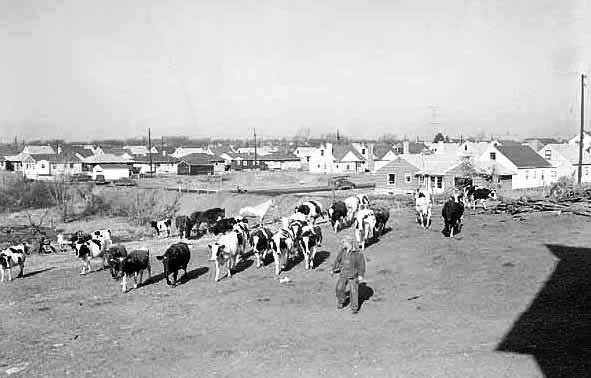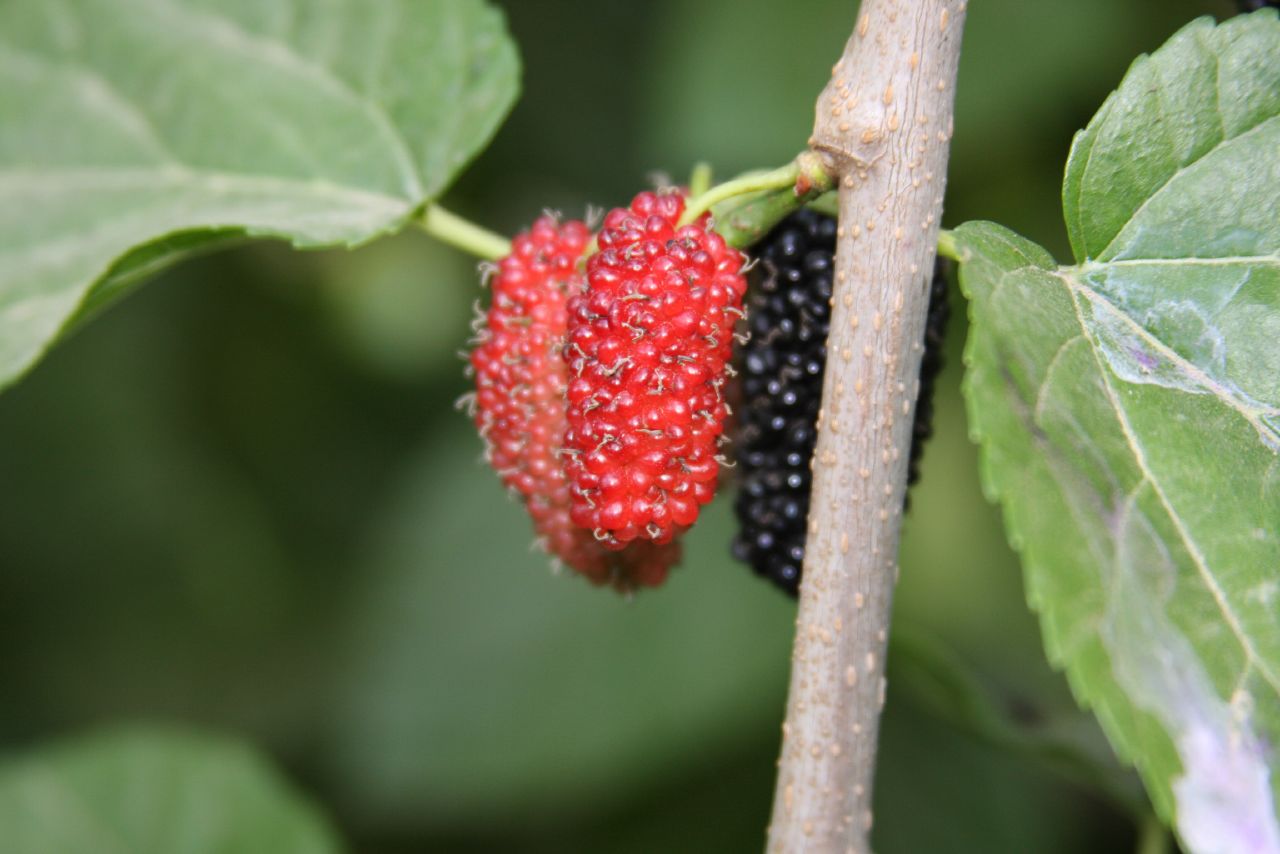|
Petrovčić
Petrovčić ( sr-cyr, Петровчић) is a suburban settlement of Belgrade, Serbia. It is located in Belgrade's municipality of Surčin. Location Petrovčić is the westernmost settlement in the municipality, located right next to the administrative border which divides Central Serbia and the province of Vojvodina. It is located in the Syrmia region (north of the ''Bojčinska'' woods), west of the village of Bečmen, almost 30 kilometers west of downtown Belgrade and 12 kilometers west of its municipal seat, Surčin. The road which connects Petrovčić to Surčin (through Bečmen) on the east, continues into the Vojvodina on the west, to the village of Karlovčić. A crossroad of this road and the one opposite to it (north to south, Deč- Ašanja) is just west of Petrovčić. Demographics Like majority of the settlements in the municipality, Petrovčić experienced steady population growth for decades, especially from the 1990s, almost 26% between the censuses of 1991 ( ... [...More Info...] [...Related Items...] OR: [Wikipedia] [Google] [Baidu] |
Bečmen
Bečmen (Serbian Cyrillic: Бечмен) is a suburban settlement of Belgrade, Serbia. It is located in Belgrade's municipality of Surčin. Location Bečmen is located in the western-central part of the municipality, in the Syrmia region (sub-region of Podlužje, north of the ''Bojčinska'' woods), 6 kilometers west of its municipal seat, Surčin, and some 25 kilometers west of downtown Belgrade. It is located on the road which connects Petrovčić on the west to Surčin on the east, and continues to the west into the province of Vojvodina (the village of Karlovčić). History From the 19th century, when the area was part of Austria-Hungary, it was populated by the German settles from Bavaria, which emigrated after World War II and the village was colonized with the settlers from the central Serbia. That is why the village's football club is called „Šumadinac“, after Šumadija, region of central Serbia. Bečmen was known for the vast number of big mulberry trees, whi ... [...More Info...] [...Related Items...] OR: [Wikipedia] [Google] [Baidu] |
Surčin
Surčin ( sr-Cyrl, Сурчин, ) is a municipality of the city of Belgrade. It is located in the eastern Syrmia region in Central Europe, 32km west of downtown Belgrade. As of 2022 census, it has a population of 45,452 inhabitants. It is the newest municipality of Belgrade, having split from the municipality of Zemun in 2003. Its most important feature is the Belgrade Nikola Tesla Airport, located just a few kilometers west of the town. This municipality is a suburb of Belgrade. History The area of the town has been settled since prehistoric times, and archaeological findings from ancient eras are common. So far, it is established that previous settlements existed in the Stone Age, Neolithic, Bronze Age, and Roman era. From 1991 to 2002, the population of the municipality grew from 35,591 to 38,695. Most of that growth came from the refugees from the Yugoslav Wars (mostly Croatia and Bosnia and Herzegovina). Since many of the refugees were integrated into the Serbian citiz ... [...More Info...] [...Related Items...] OR: [Wikipedia] [Google] [Baidu] |
Districts Of Serbia
The administrative districts () of Serbia are the country's first-level administrative divisions of Serbia, administrative division. The term ''okrug'' (pl. ''okruzi'') means "circuit" and corresponds (in literal meaning) to in the German language. It can be translated as "county", though it is generally rendered by the government as "district". Prior to a 2006 decree, the administrative districts were named simply districts. The local government reforms of 1992 created 29 districts, with the City of Belgrade having similar status. Following the 2008 Kosovo declaration of independence, the Districts of Kosovo, districts created by the UNMIK-Administration were adopted by Kosovo. The Serbian government does not recognize these districts. The administrative districts are generally named after historical and geographical regions, though some, such as the Pčinja District and the Nišava District, are named after local rivers. Their areas and populations vary, ranging from the rel ... [...More Info...] [...Related Items...] OR: [Wikipedia] [Google] [Baidu] |
Ašanja
Ašanja () is a village in Serbia. It is situated in the Pećinci municipality, in the Srem District, Vojvodina Province. The village has a Serb ethnic majority, with a population of 1,253 people (2022 census). See also *List of places in Serbia *List of cities, towns and villages in Vojvodina This is a list of cities, towns and villages in Vojvodina, a province of Serbia , image_flag = Flag of Serbia.svg , national_motto = , image_coat = Coat of arms of Serbia.svg , national_anthem = ... References Populated places in Syrmia Populated places in Srem District Pećinci {{SremRS-geo-stub ... [...More Info...] [...Related Items...] OR: [Wikipedia] [Google] [Baidu] |
Suburbs Of Belgrade
A suburb (more broadly suburban area) is an area within a metropolitan area. They are oftentimes where most of a metropolitan areas jobs are located with some being predominantly residential. They can either be denser or less densely populated than the city and can have a higher or lower rate of detached single family homes than the city as well. Suburbs can have their own political or legal jurisdictions, especially in the United States, but this is not always the case, especially in the United Kingdom, where most suburbs are located within the administrative boundaries of cities. In most English-speaking countries, suburban areas are defined in contrast to central city or inner city areas, but in Australian English and South African English, ''suburb'' has become largely synonymous with what is called a "neighborhood" in the U.S. Due in part to historical trends such as white flight, some suburbs in the United States have a higher population and higher incomes than their nea ... [...More Info...] [...Related Items...] OR: [Wikipedia] [Google] [Baidu] |
Mulberry
''Morus'', a genus of flowering plants in the family Moraceae, consists of 19 species of deciduous trees commonly known as mulberries, growing wild and under cultivation in many temperate world regions. Generally, the genus has 64 subordinate taxa, though the three most common are referred to as white, red, and black, originating from the color of their dormant buds and not necessarily the fruit color (''Morus alba'', '' M. rubra'', and '' M. nigra'', respectively), with numerous cultivars and some taxa currently unchecked and awaiting taxonomic scrutiny. ''M. alba'' is native to South Asia, but is widely distributed across Europe, Southern Africa, South America, and North America. ''M. alba'' is also the species most preferred by the silkworm. It is regarded as an invasive species in Brazil, the United States and some states of Australia. The closely related genus '' Broussonetia'' is also commonly known as mulberry, notably the paper mulberry (''Brouss ... [...More Info...] [...Related Items...] OR: [Wikipedia] [Google] [Baidu] |
Mangalica
The Mangalica (, also Mangalitsa or Mangalitza) is a Hungarian breed of domestic pig. It was developed in the mid-19th century by crossbreeding breeds from the nearby Romanian Salonta (Hungarian: ''Nagyszalonta'', colloquially ''Szalonta'') and Hungarian Bakony with the European wild boar and the Serbian Šumadija breed. The Mangalica pig grows a thick, curly coat of hair. The only other pig breed noted for having a long coat is the extinct Lincolnshire Curly Coat pig of England. History The name Mangalica derives from Serbo-Croatian, meaning approximately ''roll-shaped'' and suggesting the animals are well fed. The blonde Mangalica variety was developed from older, hardy types of Hungarian pig (Bakonyi and Szalontai) crossed with the European wild boar and a Serbian breed (and later others like Alföldi) in Austria-Hungary (1833). That year, Prince of Serbia Miloš Obrenović sent 12 pigs of the autochthonous Serbian ''Šumadinka'' breed, ten sows and two boars. ... [...More Info...] [...Related Items...] OR: [Wikipedia] [Google] [Baidu] |
Politika
( sr-Cyrl, Политика, lit=Politics) is a Serbian daily newspaper, published in Belgrade. Founded in 1904 by Vladislav F. Ribnikar, it is the oldest daily newspaper still in circulation in the Balkans. Publishing and ownership is published by Politika novine i magazini (PNM), a joint venture between Politika a.d. and East Media Group. The current director of PNM is Mira Glišić Simić. PNM also publishes: *''Sportski žurnal'' *''Politikin Zabavnik'' *''Svet kompjutera'' *''Ilustrovana Politika'' *''Bazar'' History Since its launch in January 1904, was published daily, except for several periods: *Due to World War I, there were no issues from 14 November 1914 to 21 December 1914, and again from 23 September 1915 to 1 December 1919. *Due to World War II, there were no issues from 6 April 1941 to 28 October 1944. *In protest against the government's intentions to turn into a state-owned enterprise, a single issue was not published in the summer of 1992. The launc ... [...More Info...] [...Related Items...] OR: [Wikipedia] [Google] [Baidu] |
Gorani People
The Gorani (, ) or Goranci (, ), are a Slavic ethnic group inhabiting the Gora region, the triangle between Kosovo, Albania, and North Macedonia. They number an estimated 60,000 people and speak a transitional South Slavic dialect called '' Goranski''. The vast majority of the Gorani people adhere to Sunni Islam. Name The ethnonym ''Goranci'', meaning "highlanders", is derived from the Slavic toponym '' gora'', which means "hill, mountain". Another autonym of this people is ''Našinci'', which literally means "our people, our ones". In Macedonian sources, the Gorani are sometimes grouped together with '' Torbeši''. In the Albanian language, they are known as ''Goranët'' "Goranët jetojnë në krahinën e Gorës, që sot ndahet mes shteteve të Shqipërisë, të Kosovës etë Maqedonisë, krahinë nga ku e marrin edhe emrin." and sometimes by other exonyms, such as ''Bullgarët'' ("Bulgarians"), ''Torbesh'' ("bag carriers") and ''Poturë'' (" turkified", from ''po-tur'' ... [...More Info...] [...Related Items...] OR: [Wikipedia] [Google] [Baidu] |
Montenegrins (ethnic Group)
Montenegrins (, or ) are a South Slavic ethnic group that share a common ancestry, culture, history, and language, identified with the country of Montenegro. Montenegrins are mostly Orthodox Christians; however, the population also includes Catholics, Muslims and irreligious people. The Montenegrin language is the official language of Montenegro. Historically, the Montenegrin nation comprised many tribes. Most tribes formed in the 15th and 16th centuries, about the time when the Ottoman Empire established its control of the medieval state of Zeta. Today, the tribes are mainly studied within the frameworks of social anthropology and family history, as they have not been used in official structures since the time (1852-1910) of the Principality of Montenegro; however, some tribal regions overlap with contemporary municipal areas. The kinship groups give a sense of shared identity and descent. Outside of Montenegro and Europe, Montenegrins form diaspora groups in (for ... [...More Info...] [...Related Items...] OR: [Wikipedia] [Google] [Baidu] |
Romani People
{{Infobox ethnic group , group = Romani people , image = , image_caption = , flag = Roma flag.svg , flag_caption = Romani flag created in 1933 and accepted at the 1971 World Romani Congress , pop = 2–12 million , region2 = United States , pop2 = 1 million estimated with Romani ancestry{{efn, 5,400 per 2000 United States census, 2000 census. , ref2 = {{cite news , first=Kayla , last=Webley , url=http://content.time.com/time/nation/article/0,8599,2025316,00.html , title=Hounded in Europe, Roma in the U.S. Keep a Low Profile , agency=Time , date=13 October 2010 , access-date=3 October 2015 , quote=Today, estimates put the number of Roma in the U.S. at about one million. , region3 = Brazil , pop3 = 800,000 (0.4%) , ref3 = , region4 = Spain , pop4 = 750,000–1.5 million (1.5–3.7%) , ref4 = {{cite web , url ... [...More Info...] [...Related Items...] OR: [Wikipedia] [Google] [Baidu] |




